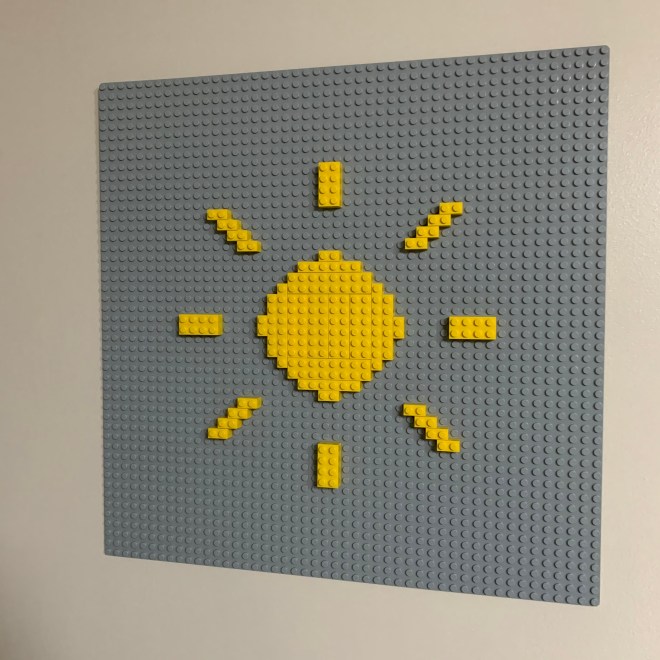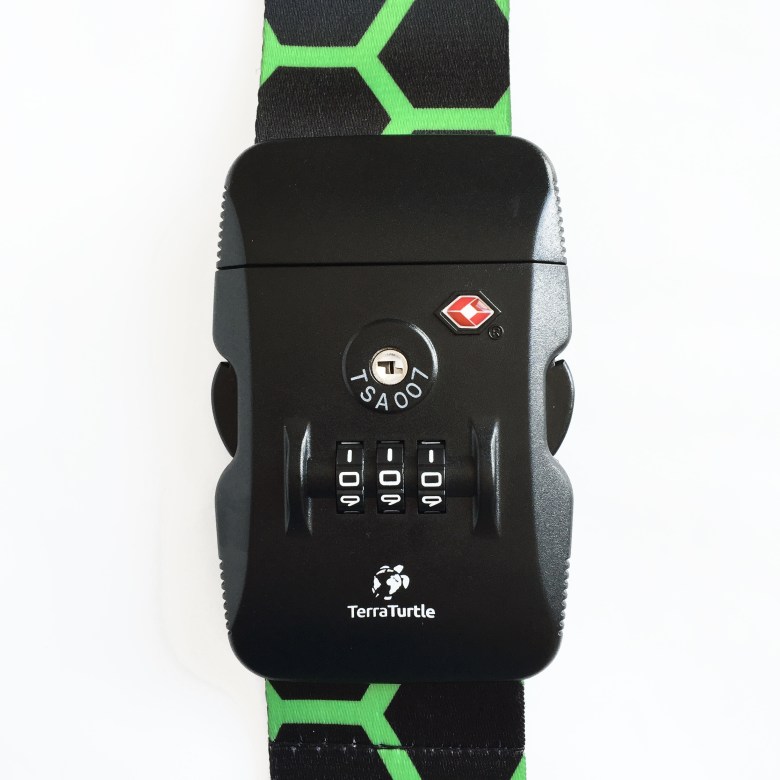We’re almost half way through 2025,
what are your plans for the 2nd half?
Is smartphone usability going down?
There was a time when I knew how to change every setting on my smartphone. Ok, I’m a bit of a geek/nerd when it comes to that. But recently I’ve found myself searching online for instructions on how to do something on my phone.
At some point, it was very easy to understand (and remember) where to find a specific setting. Also, one would simply learn and understand how things work simply by using the interface and exploring.But this seems to not be the case anymore. This changed sometime in the last 5 years (that’s what my gut feel tells me).
So many new features were added – many of them actually useful. But it’s harder to know intuitively where to find them and how to use them.

Is that because Steve Jobs is not controlling things anymore at Apple?
Obviously, I’m talking about iPhones and iOS. I’ll pause here for a minute in case you have an opinion on Apple products you want to let out…
If we leave any differences between phones and their software aside – do you know how to do everything you want on your smartphone?
- How do you feel about the evolution of smartphones and their user interface?
- Do you think it became more difficult to do things on your phone? Or easier and more intuitive?
Half of something is still nothing overall
If you come across an idea you are half-way there. But if you don’t do anything with your ideas nothing will happen, ever.
Even if it’s a really great idea, zero action means nothing will happen. One times zero is still zero.
Get your ideas out
Bring them out and do something with it! Pull out your notebook, dust off your notepad, find your notes. Then test them, try something out, talk to people, simulate stuff.
Anything is better than nothing.
When days blur into one – How to break the quarantine monotony
We are now in quarantine for 5+ weeks. And there is no end in sight. Recently I noticed how days and weeks blur into one long stretch. Then I thought of a way how to break the quarantine monotony.
This is not a complaint. We are blessed to be in a safe and comfortable place with all necessities still being available. And I hope it’s the same for you!
Everyone is home now
It’s just a realisation of how things are different to the time before the quarantine. But at the same time the days we spend in quarantine are pretty much the same. This is at least our observation. We have routines (and it’s a good thing to have some routines and good habits in your life). And I’m used to working from home since I started freelancing and then founded my own company.
But then it changed: My fiancé is working from home full time (until further notice). We are very happy to have enough space in our home. We work alongside each other or separately if we have meetings and calls.
One long blurry day
But then every day started to look the same. No change of scenery. Not meeting other people. No distinct event to distinguish one day from another. Just an endless stream of meals, work and tasks. What day of the week is today?
Again, not complaining – everything is good and we are happy. But there is a monotony to the days that it’s hard to think of what you did yesterday or the day before.
Break the quarantine monotony
That’s when I thought of a way to break that stream. Break the blur. Make things more colorful again! And that’s when I thought of themed weeks: A theme or topic for the week.
You might have been to a themed party before and everyone knows seasonal differences. Why not bring it into your home during this time? Think of a topic, then sprinkle elements of it over your week like seasoning over a meal.
Themes during quarantine
- Season-based, i. e. Summer BBQ or Festive Winter
- Holiday-based, i. e. NYC trip, Ski Holiday
- Geography-based, i. e. Caribbean, Scandinavian

Sunshine 
Indoor BBQ 
Summer feelings
What to do during a themed week
Think of the activities you do on a daily or weekly basis. Then consider how you could infuse it with elements of your theme.
- Meals: think of meals and snacks that remind you of the theme. Make an effort and prepare things you only have during that time or in that place.
- Drinks: replace some of your usual drinks with something that reminds you of the theme. Inspire your senses with the taste.
- Decoration: do you have anything that you can decorate to emphasize the theme? Put it on the walls or your furniture. Have some souvenirs from a special place? Bring them out and display them for the week. Put pictures up from that time, replace your screensaver with matching photos.
- Music: listening to music often? Select a suitable playlist.
- Video: watching something to wind down? How about themed movies or a matching TV series? One that plays during that season or in the place of your theme.
Our ideas for the coming weeks
The themes I thought of so far are: Summer, New York and Scandinavia
For our week of summer I thought of the BBQ garden parties I used to have with friends. The cool drinks we enjoyed and the things we saw during that season.
New York Times is our opportunity to relive the good memories from our holiday. We plan to reach out to friends, sing the same songs, eat the same food we had there.
Our Scandinavian-week will the time to envision being there again, with all it’s nature, foods and people.
And if you are really really into Christmas, why not have a Christmas week? Bring out the Christmas decoration! I won’t judge you ?
Now I’m now looking forward to the coming weeks. And it’ll be fun thinking about the themes, meals, drinks, decoration and so on.
Instill some excitement for the time to come
What theme would you pick to break the quarantine monotony?
Leave a comment below with your theme and what would you do during that week?
Why my Amazon FBA business failed
At some point I came across this new business model “Amazon FBA” (Fulfillment by Amazon). It sounded like the ideal way to get into e-commerce – which I always wanted to do.
What is Amazon FBA?
The Fulfillment by Amazon (FBA) business model continues to grow in popularity. Fundamentally, it’s the same as a traditional e-commerce business. But, instead of your having to fulfill orders one by one, Amazon stores your products for you and even picks, packs and ships them out to customers.

This makes it a lot easier for you to build your business without having to worry about the logistics of warehouses, packaging materials, couriers and so on. With private labeling, you also have the opportunity to build your own brand and website, thereby increasing the value of your business.
(This is a summary from Entrepreneur.com)
How I started
I looked into all forms of information: blog posts, videos, facebook groups. I even attended lokal events via Meetup and even a professional event with several hundred attendees.
There is a lot of good information out there: guides, tutorials. But also expensive courses and self-proclaimed gurus. Be aware of anyone trying to sell you an expensive training or info-package.
My first product on Amazon
First thing to do is market research: What is a product that people want but not yet sold on Amazon? Answer: very few items are NOT available on Amazon.
Therefore the question usually is: What product can I sell that people will buy from me? And often the answer is to get a product and put your own label on it (your own brand) or add value (eg. a new feature). Or something else that makes it stand out.
I came across the travel-category. I thought it’s a good enough niche where I can get some products out and sell it under my unique brand.
And here it is – my revolutionary luggage belt!

Just wrap it around your luggage and it stays save…

Also, thanks to the rather unique design, it will be very easy to identify.

Within a couple of weeks I found the product idea and did some research. The travel-niche seemed like a good idea.
Then I sourced it from China (find manufacturer, get samples, finalise design) and placed an order for 500 units.
I was excited when the packages arrived. I checked all units by hand, fixed some smaller issues and forwarded it to the Amazon warehouse.
My first product was also my last one
But I stopped Amazon FBA after releasing my first product. Why?
It’s an interesting business model. I met people that are successful and some earning lots of money. Amazons systems are fairly sophisticated and they got better. There are lots of external tools for the FBA-seller available as well.
I had a process of all the steps and worked through them from beginning to end. There is a good network and community of other sellers that help you along the way.
But I didn’t like it.
- I didn’t like the fact that anyone can come along and offer the same product for less. A race to the bottom.
- I didn’t like the fact that you would need new products all the time. Just selling one product is not enough. You need to find new products or a new niche – and get something to the market.
- I didn’t like the fact that you are at the mercy of Amazon. It’s their market place, they have complete control. What’s worse, you do the market testing for them by releasing new products. And if your product is successful, Amazon might release a similar one itself. Then, out of a sudden, your bestseller doesn’t sell that well anymore.
But ultimately I didn’t like to put more (relatively) useless products into the world. If you know me, you know I care for the environment. And I just didn’t want to take part in a system that’s all about producing more stuff.
This is not a guide or review on Amazon FBA
I am not trying to tell you everything about this business model. This is not a guide on how to do it or how a review. I honestly think it still is an interesting business model. It’s really good if you are a retail or rather a product guy.






